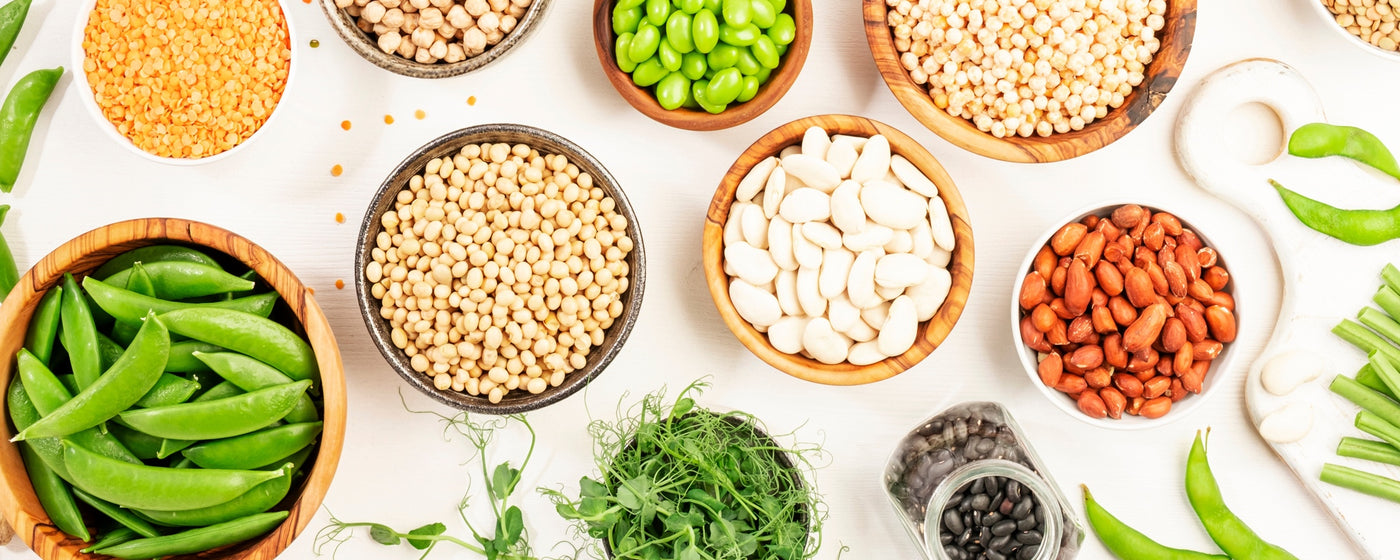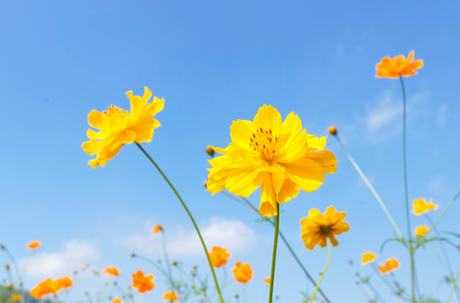
Depth to Plant
|
Spacing Between Plants |
Days to Germinate (Sprout)
|
Germination
|
Best Season to Plant_________ |
Sun
|
Soil
|
Good Plant Companions |
Harvest Instructions |
|
| Sprinkle on top of loose soil | 12-18" Apart | 10-15 Days | Between 68° F and 75° F | Spring | Full sun to deep shade | pH Between 5.6-7.5 | Cabbage, kale, cauliflower, onion, radish, tomato | Pinch off ends as needed |
| How to Grow & Harvest Mint |
| Mint is said to be the easiest to grow out of all herbs. It's great for beginning gardeners and grows best in zones 4-9. Use Mint leaves to add flavoring to a wide array of food and beverages. It also serves as a natural pest deterrent around other vegetables. Chewing on the leaves will freshen your breath and can calm an upset stomach.
How to Plant When sowing the seeds, do not cover them. They need light to germinate properly and will sprout within 10-15 days if the soil stays around 68 to 75°F. They are ready to transplant into the garden when they have their second set of "real" leaves. If you're sowing them directly out into your garden, consider placing a row cover over them until they sprout.
When to Harvest Pick the leaves as you need them or harvest a large amount from each mint plant up to three times in one growing season. Cut the stems 1-2 inches from the ground. You can take cuttings from the plants you already have and root them in a little bit of water and then plant them indoors for fresh leaves throughout the winter. If you want to dry the leaves, it's best to harvest them before the plant goes to seed. |















































